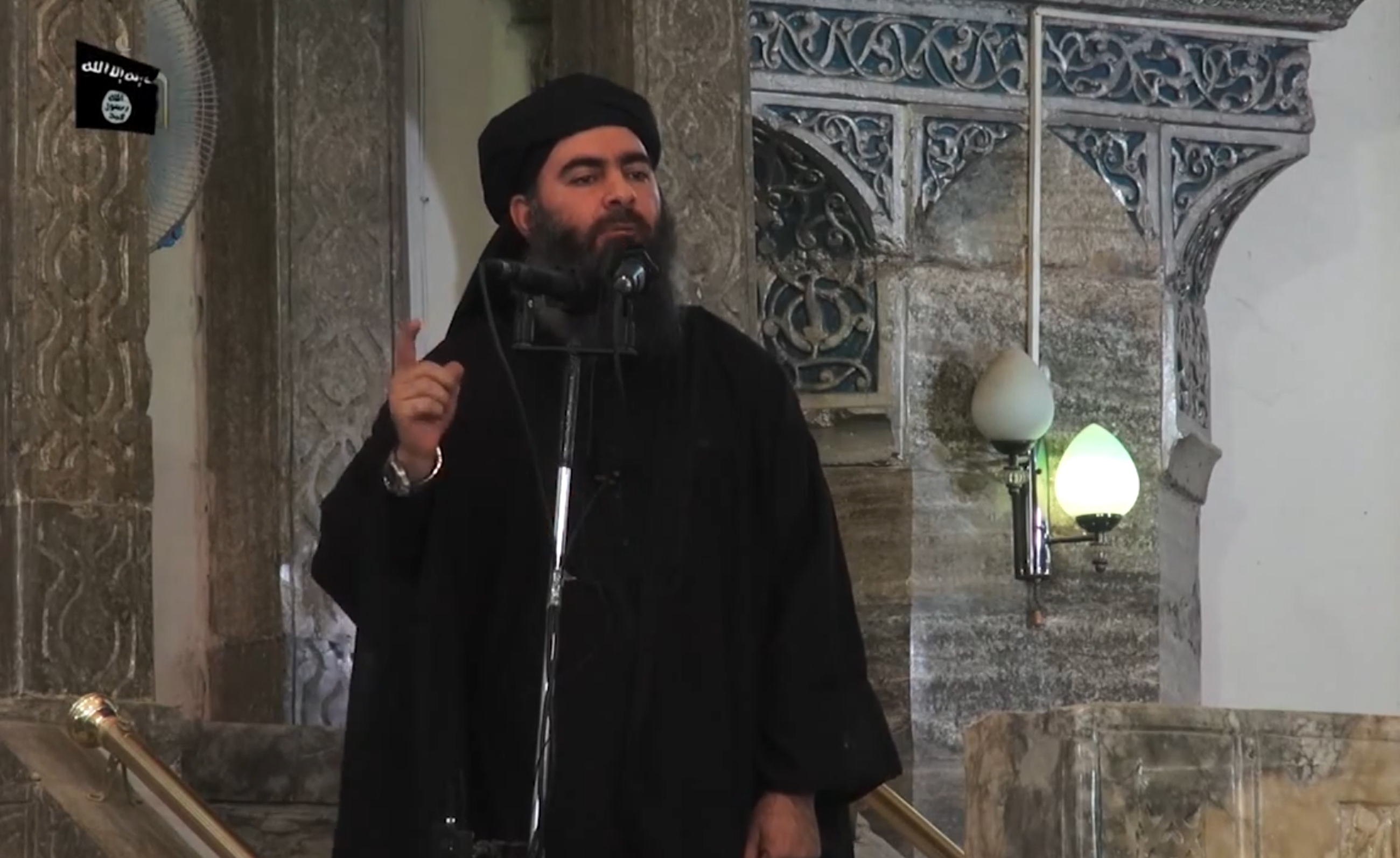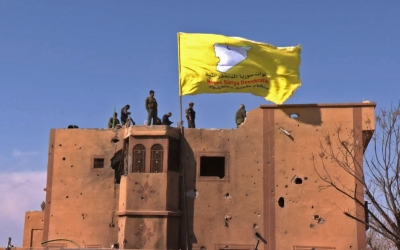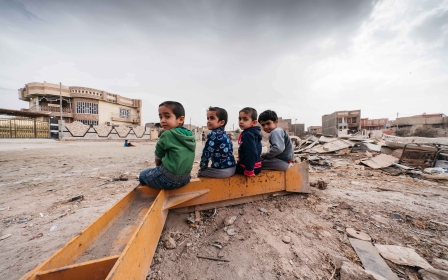The rise and fall of Islamic State in Iraq and Syria: A brief timeline

US President Donald Trump announced on Sunday that Abu Bakr al-Baghdadi was killed during an overnight raid led by US military forces in Syria. He reportedly died after running into a tunnel where he detonated a suicide vest killing himself and three of his children.
The Islamic State group’s self-proclaimed “caliphate” in Iraq and Syria was defeated in March, five years after it rose to power, largely reducing the militants into scattered sleeper cells.
Below chronicles the lightning rise, reign and gradual fall of the group.
2004-11 - In the chaos following the 2003 US-led invasion of Iraq, an al-Qaeda offshoot sets up there, changing its name in 2006 to Islamic State in Iraq.
2011 - After Syria's civil war begins, the group's leader Abu Bakr al-Baghdadi sends operatives to Syria to set up a subsidiary of the group. Baghdadi follows in 2013, breaking with al-Qaeda and renaming his group the Islamic State in Iraq and the Levant.
New MEE newsletter: Jerusalem Dispatch
Sign up to get the latest insights and analysis on Israel-Palestine, alongside Turkey Unpacked and other MEE newsletters
2014 - Its sudden success begins with the seizure of Fallujah in Iraq and Raqqa in Syria at the turn of the year. IS fighters take Mosul and Tikrit in June and overrun the border with Syria. At Mosul's Great Mosque, Baghdadi renames the group Islamic State and declares a caliphate, calling on all Muslims everywhere to "obey" him.
Raqqa and Mosul become IS's two de-facto capitals.
In Iraq, IS kills thousands of Yazidis in Sinjar and forces more than 7,000 women and girls into sexual slavery. Many Yazidi children are recruited as child soldiers. In Syria, it massacres hundreds of members of the Shaitat tribe. Several Western hostages are beheaded.
In August 2014, US warplanes strike IS positions in northern Iraq.
Washington then forms a coalition of more than 70 countries to fight the group in both Iraq and Syria, deploying 5,000 soldiers.
In Iraq, the fightback against IS on the ground involves Iraqi government forces, Iranian-backed militia groups and Kurdish peshmerga fighters from the semi-autonomous Kurdistan Regional Government, while in Syria the Kurdish-led Syrian Democratic Forces become the main counter-IS force.
Air strikes begin to stop IS's momentum, helping the Syrian Kurdish YPG militia to repel IS's assault on Kobane at the border with Turkey.
2015 - Militants in Paris attack a satirical newspaper and a kosher supermarket, the bloody start to a wave of attacks that IS claims responsibility for around the world. Fighters in Libya behead Christians and pledge allegiance to IS, followed by groups in other countries, but they stay operationally independent.
In May, IS takes Ramadi in Iraq and the ancient desert town of Palmyra in Syria, but by the end of the year it is on the back foot in both countries.
2016 - Iraq takes back Fallujah in June, the first town IS had captured during its initial blaze of success. In August the SDF, spearheaded by the Kurdish YPG, takes Manbij in Syria.
Alarmed by the Kurdish advances near its own frontier, Turkey launches an offensive into Syria against both IS and the YPG. Enmity between Turkey and the YPG will continue to complicate operations against IS.
2017 - IS suffers a year of catastrophic defeats. In June, it loses Mosul to Iraqi forces after months of fighting and Baghdad declares the end of the "caliphate". In September, the Syrian army races eastwards backed by Russia and Iran to relieve Deir Ezzor and reassert state control at the Euphrates River. In October, the SDF drives IS from its Syrian capital, Raqqa.
Several IS-inspired attacks in London and Manchester claim dozens of lives.
2018 - The Syrian government retakes IS enclaves in Yarmouk, south of Damascus, and on the frontier with the Israeli-occupied Golan Heights.
The SDF advances further down the Euphrates and Iraqi forces take the rest of the border region. In December, US President Donald Trump vows to withdraw troops from Syria.
2019 - IS fighters are defeated at their last enclave on the Euphrates at the village of Baghouz, the SDF says. The SDF declares the "caliphate" eliminated.
In April, IS releases a video featuring a man said to be Baghdadi, making his first appearance since he declared the caliphate. He acknowledges IS’s defeat in Baghouz while threatening "revenge" attacks.
In Sri Lanka, one of the largest IS attacks outside the Middle East claims the lives of 259 Christian worshippers attending Easter services on the island.
In August, US Secretary of State Mike Pompeo said IS remained a threat in Syria and Iraq, and in some areas had even gained power despite losing control of all the territory they once held.
In early October, during an offensive by Turkey into northern Syria, scores of IS family members held in camps controlled by the Kurdish YPG escape.
On 27 October, US President announces the death of IS leader Baghdadi in a raid by US special forces soldiers in Idlib in northwestern Syria.
According to US reports of the raid, the IS leader detonated an explosive belt after becoming trapped in a tunnel underneath the compound in which he was hiding, killing himself and three of his children.
Middle East Eye delivers independent and unrivalled coverage and analysis of the Middle East, North Africa and beyond. To learn more about republishing this content and the associated fees, please fill out this form. More about MEE can be found here.





